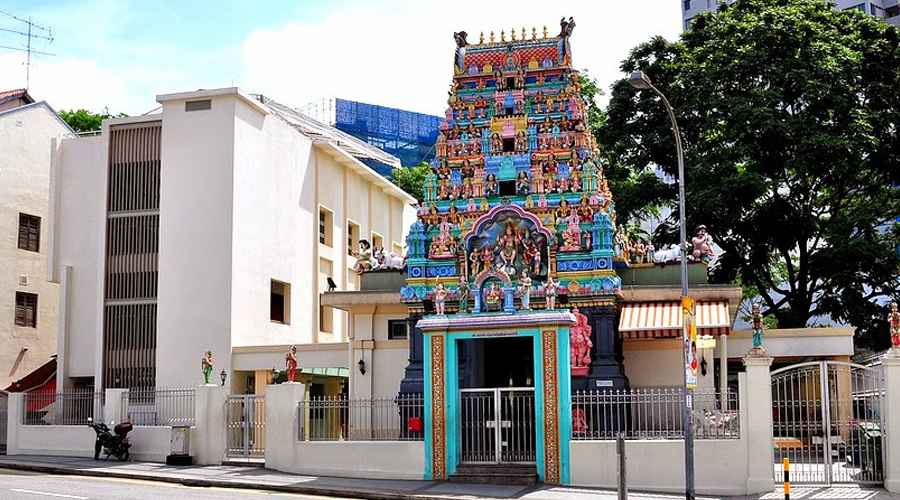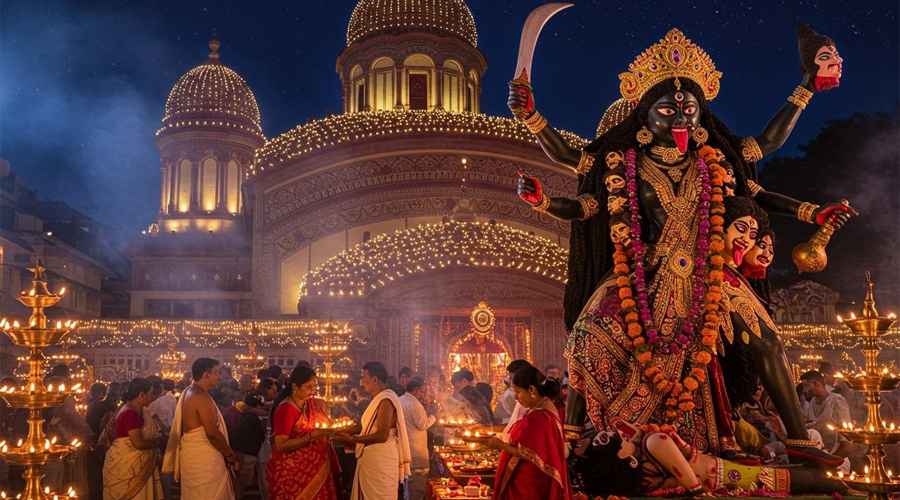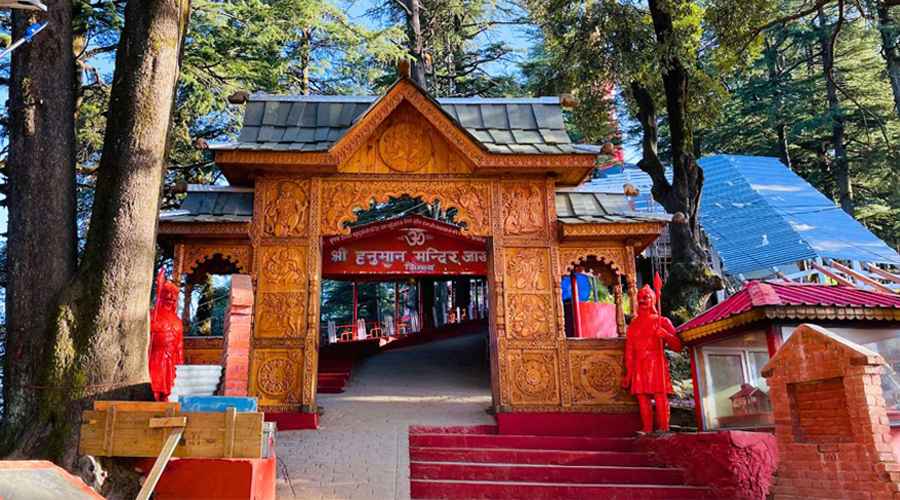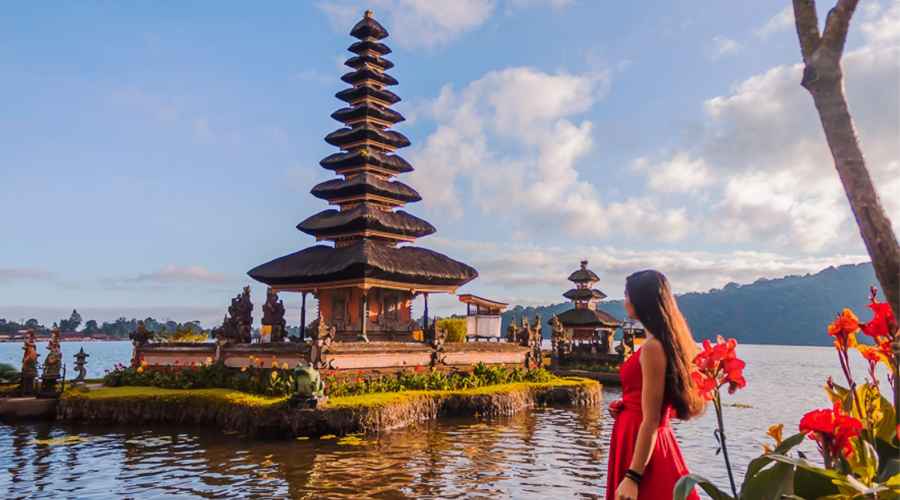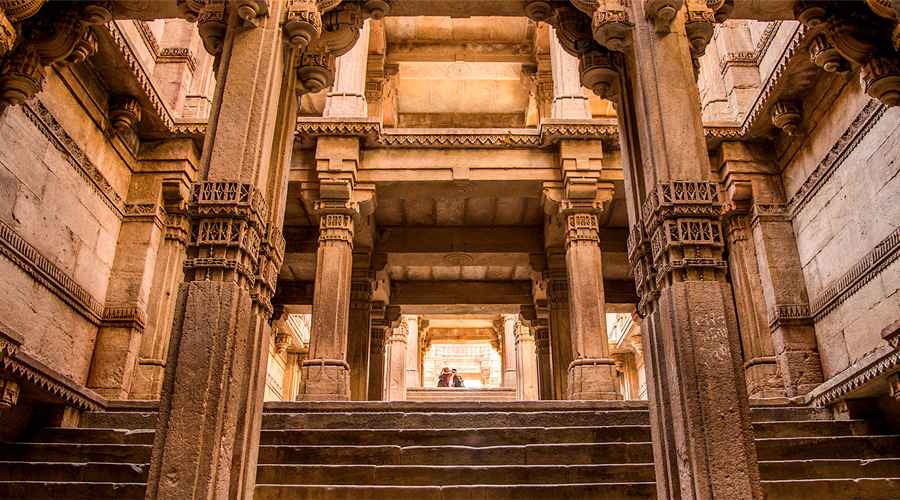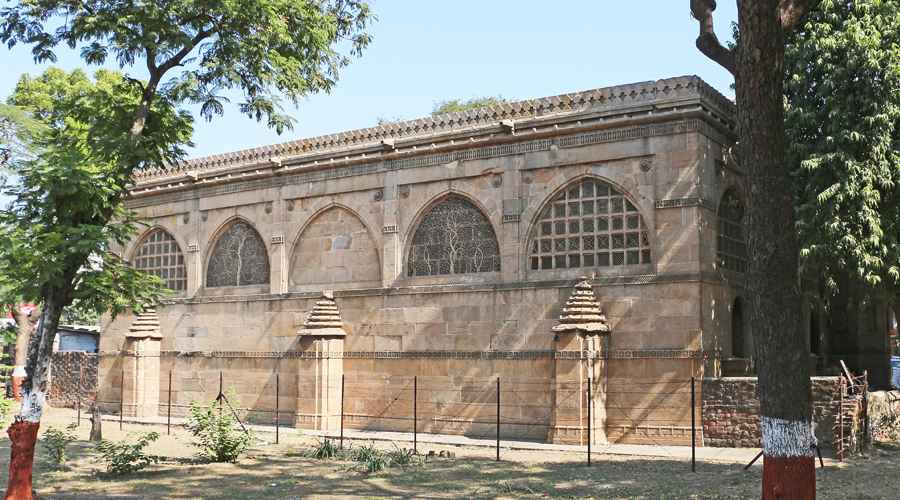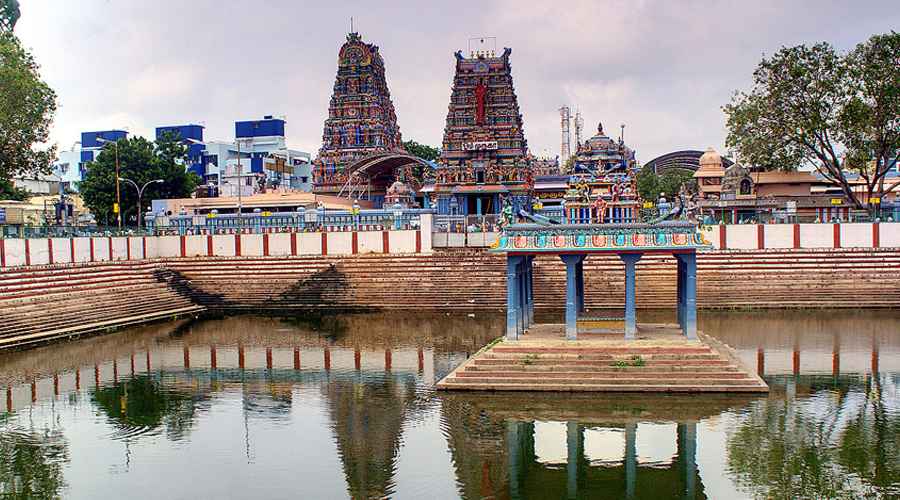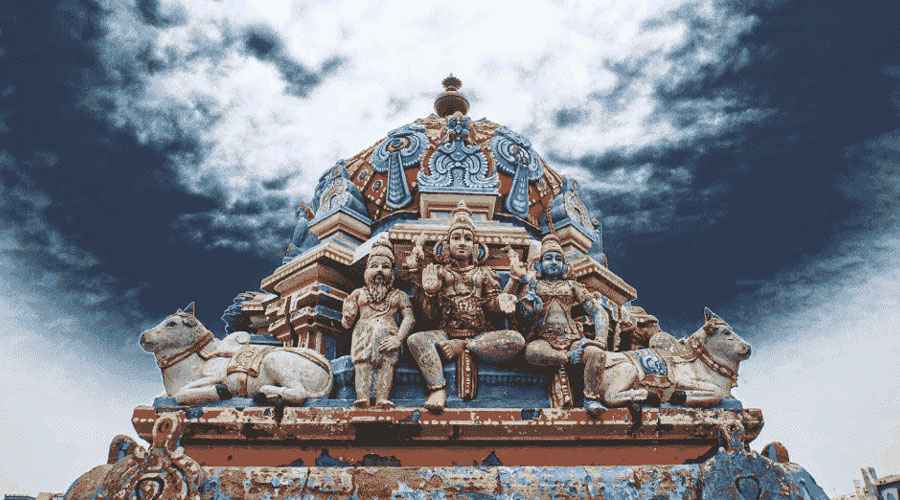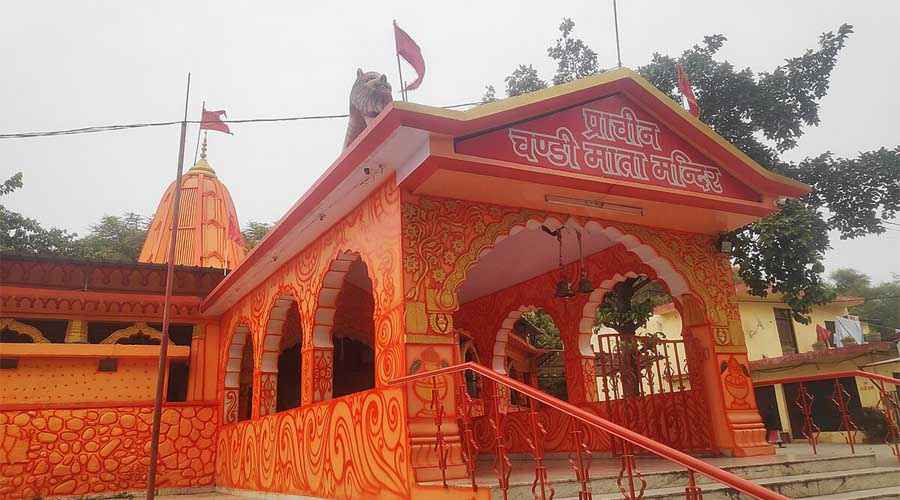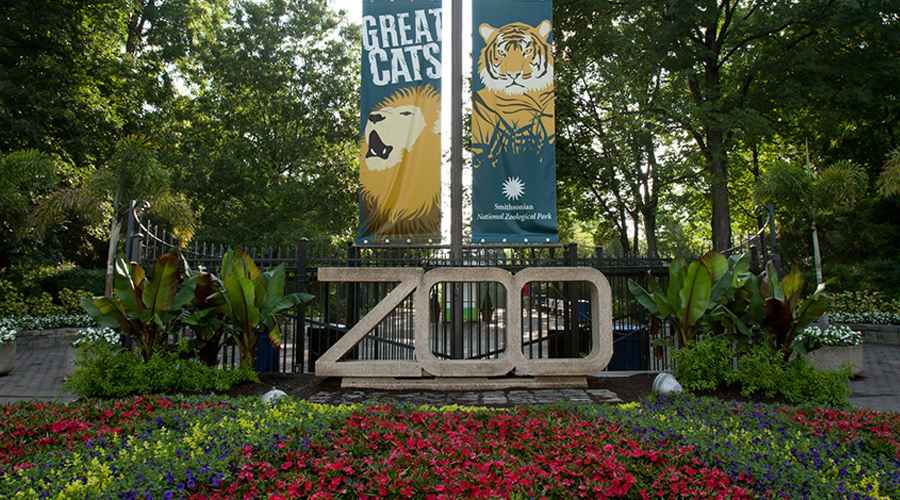India and Sri Lanka are dotted with shrines that carry great spiritual significance, but only a few stand out for their unique history, cultural relevance, and devotional vibrancy. The Sithi Vinayagar Temple, located in Trincomalee, Sri Lanka, is one such sacred space. Dedicated to Lord Ganesha, the remover of obstacles and harbinger of wisdom, this temple has become a beacon of faith not only for the local Hindu community but also for visitors and spiritual seekers from around the world. This article delves into the temple’s history, architectural beauty, traditions, and its role in the cultural fabric of the region.
Historical Background
The Sithi Vinayagar Temple, often referred to as Paththirakali Amman Temple’s companion shrine due to its proximity, traces its origins back several centuries. Sri Lanka, with its rich Hindu heritage influenced by South Indian traditions, has preserved many temples that are dedicated specifically to Lord Ganesha. The Sithi Vinayagar shrine was established by the Tamil Hindu community living in Trincomalee, a city historically known as a maritime hub and cultural melting pot.
The temple is believed to have been constructed during the colonial period, although exact dates vary among oral traditions and local records. It served as an important place of worship for Hindu families residing in Trincomalee and gradually gained popularity as a vibrant center for religious ceremonies, particularly during Vinayaka Chaturthi—the major festival dedicated to Lord Ganesha.
Religious Significance
Lord Ganesha holds a very special place in Hindu worship. Before beginning any auspicious activity—whether it is a personal milestone, an academic pursuit, or a business venture—Hindus invoke his blessings for success and smooth completion. The Sithi Vinayagar Temple thus attracts devotees at all times of the year, each praying for wisdom, removal of obstacles, and prosperity in their personal lives.
For members of the Tamil community, especially in Sri Lanka, the temple is a strong cultural anchor. It perpetuates the age-old practices of Ganesha worship and reinforces a sense of unity in faith. Devotees not only visit during festivals but also approach the deity daily with offerings of coconuts, fruits, and flowers, symbolizing humility and devotion.
Architecture and Aesthetic Features
Like most South Indian–influenced temples, the Sithi Vinayagar Temple exhibits vibrant Dravidian architectural elements. The entrance is marked by a colorful gopuram (tower), adorned with intricate sculptures of Hindu deities, celestial beings, and mythological motifs. These carvings vividly narrate scenes from Hindu epics such as the Ramayana and the Mahabharata, making the temple not only a spiritual hub but also a visual gallery of mythology.
The sanctum sanctorum enshrines Lord Vinayagar (Ganesha) in his traditional seated form, with the distinctive elephant head, pot-belly, and one broken tusk. The inner chambers are simple yet radiate spiritual energy, inviting devotees into deep meditation and prayer. The use of bright colors, detailed iconography, and symbolic patterns creates a visually uplifting environment.
Murals and carvings within the temple often depict scenes symbolizing wisdom and the triumph of good over obstacles. The temple premises, though not as expansive as larger complexes, capture the essence of Tamil temple artistry, merging devotion and cultural identity.
Festivals and Rituals
One of the most celebrated events in the Sithi Vinayagar temple calendar is Vinayaka Chaturthi, a festival marking the birth of Lord Ganesha. During this occasion, the temple comes alive with rituals, prayers, processions, chanting of hymns, and cultural programs. Large numbers of devotees gather, offering sweet delicacies such as modak and ladoo, which are believed to be Ganesha’s favorite foods.
Apart from Vinayaka Chaturthi, daily poojas (rituals) are performed at designated times. Special offerings are also made during the Tamil New Year, Navaratri, and other significant Hindu festivals. Priests carry out abhishekam (ritual bathing of the deity with milk, honey, ghee, curd, and water), accompanied by Vedic chanting, symbolizing purification and renewal of spiritual energy. These rituals form the heartbeat of the temple, sustaining its heritage and devotional atmosphere.
Cultural Relevance in Trincomalee
Trincomalee is a city steeped in religious diversity and historical layers shaped by Hindus, Buddhists, Muslims, and Christians. The Sithi Vinayagar Temple stands out as an important Hindu landmark within this multicultural setting. For the local Tamil community, it is not only a place of prayer but also a hub for cultural events, community gatherings, and the transmission of traditions to younger generations.
The temple also contributes to the spiritual tourism landscape of Trincomalee. Foreign travelers who come to admire the nearby Koneswaram Temple and other ancient structures often visit Sithi Vinayagar Temple as part of their exploration of regional faith heritage. This inclusion helps raise awareness about Hindu traditions in Sri Lanka and fosters intercultural understanding.
A Living Symbol of Devotion
What makes the Sithi Vinayagar Temple truly remarkable is its enduring relevance despite changing times. Even during periods of upheaval in Sri Lanka’s history, when communities were displaced or challenged, the temple remained a symbol of resilience, faith, and continuity. It has nurtured generations of devotees, guided by the timeless belief that Lord Ganesha is the remover of all obstacles in life.
Today, the temple continues to inspire the same sense of devotion that it did in earlier centuries. Whether it is a student preparing for exams, a family embarking on a new venture, or a pilgrim seeking blessings for inner peace, the temple offers hope and direction under the divine presence of Lord Ganesha.
Conclusion
The Sithi Vinayagar Temple in Trincomalee is far more than just an architectural structure; it is a living testimony to Sri Lanka’s Hindu heritage and the enduring appeal of Ganesha worship. From its colorful gopuram and devotional rituals to its role in community life, the temple is deeply woven into the cultural and spiritual fabric of the region. Its celebrations, daily worship, and architectural artistry all combine to make it a distinctive landmark in the Hindu religious landscape of Sri Lanka.
In every chant, offering, and prayer made within its sacred walls, the temple symbolizes an eternal truth: that faith, devotion, and the pursuit of wisdom remain the guiding lights of human life. The Sithi Vinayagar Temple thus continues to shine as both a spiritual refuge for devotees and a cultural treasure for the wider world.
